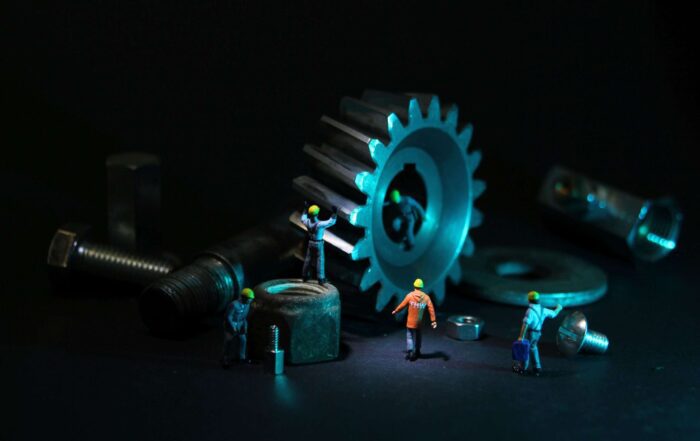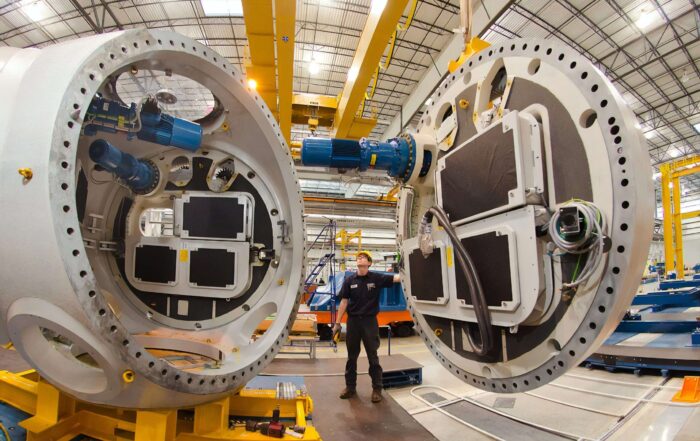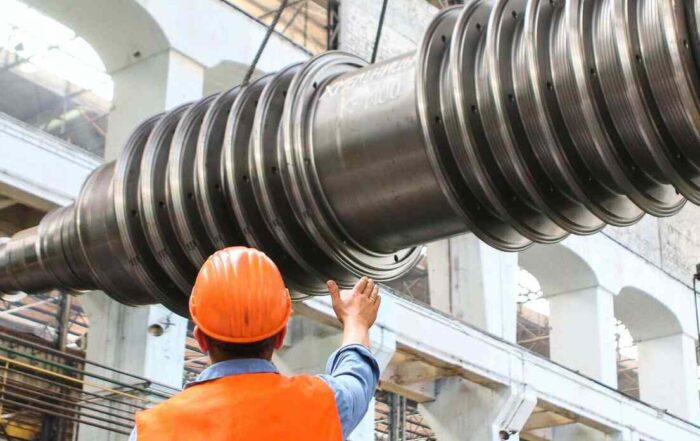How do you go from many stand-alone pilots to one organization-wide data driven maintenance strategy based on business needs? This is the challenge that Vitens, a Dutch drinking water company, wanted to solve when contacting MaxGrip last year. We partnered with them to scope their readiness for data driven maintenance including how to align initiatives, how to work towards a common goal and take the next steps. In this article we summarize the learnings that Vitens shared in our recent joint webinar.
Vitens is the largest drinking water company in the Netherlands with 5.8 million customers. They maintains a pipeline network of 50,000 kilometers with 93 drinking water production locations for water treatment across a wide geographical area. To determine whether the organization is ready for a more data-driven approach to asset management we reviewed:
- Organization strategy and pilots
- Asset failure history
- Asset base, cost & maintenance
The current situation and high-level findings
Pilots & strategy
The pilots were stand-alone initiatives with their own limited scope. They were a great way to gain more knowledge and understanding of data driven maintenance, the tools and systems and opportunities available. However, many initiatives got stuck before reaching an improvement and most forgot to share learnings with the rest of the organization. The strategy or objectives of the pilots were not always clear, nor was the alignment with the (long-term) business strategy. In addition, every pilot team tried to find their own way through the ICT infrastructure.
Asset failure history
The available failure data did not provide enough insights to be able to pinpoint suitable asset types for data driven maintenance. This is also a challenge for the future as predictive models need to be trained based on historical failure data. Vitens is already working on solving this as they set up their asset register in a new version of their EAM system with a better setup. In a few years they will be able to have better data insights.
Asset base, cost and maintenance
Vitens aims to ensure a very high availability, which is mainly achieved by having a lot of redundancy in their asset base. As all of these assets need to be maintained, their maintenance costs are relatively high. Therefore, looking from the perspective of the asset base, optimization of maintenance is most suitable for the goal of cost reduction. In the case of Vitens, reducing cost is not achieved by reducing maintenance scope, but by optimizing the moment of maintenance execution through setting up data triggers.
To give an example: reservoirs are in the top 3 of asset types with the highest costs. For these assets periodical cleaning is needed to ensure water safety and hygiene. This takes a reservoir out of commission for 24 to 48 hours which is, of course, costly. Predicting when the reservoirs need maintenance can improve planning and preparation efforts which can be more efficient and cost-effective. Hence, reducing the asset scope is not an option, but the optimization of maintenance execution is.
Learnings
Vitens already knew that they were not yet ready for a full-blown data driven maintenance strategy. However, their situation included positive elements that clearly showed that the organization wanted to work towards the next step in their digital transformation journey. They formulated three important learnings from this readiness evaluation.
Don’t forget about change management
Vitens now has an overview of their current data driven maintenance readiness and is taking the next steps in a controlled and centralized way. As you can tell from this example, data driven asset management goes beyond the data and systems. Processes, roles and responsibilities and also culture and way of working are all influenced and play a big role in the success of Digital Transformation.
It is valuable to stress the importance of change management: the entire organization is affected and will need to change. This should be a two-way street: communicate about the project, share successes and learnings, directly involve key stakeholders and also set up feedback loops. Vitens, for example, is very much aware of the knowledge and expertise of their work floor and field technicians. The technicians are part of the project team and are invites to give feedback and share their experience. In this way, internal adoption will go more quickly as the entire organization is working on their data driven future.
📰 Watch our Free Recorded Webinar: Data gstuurd onderhoud, Learnings van Vitens
📰 Continue Reading
Copyright imagery: Vitens
Get inspired
Use these five tips to calculate and improve your OEE - Overall Equipment Effectiveness - to establish KPIs and target areas of improvement.
Whitepaper by MaxGrip experts who share their best practices to optimize asset performance.
Introductory article on RCM, the assessment criteria and the implementation process.




